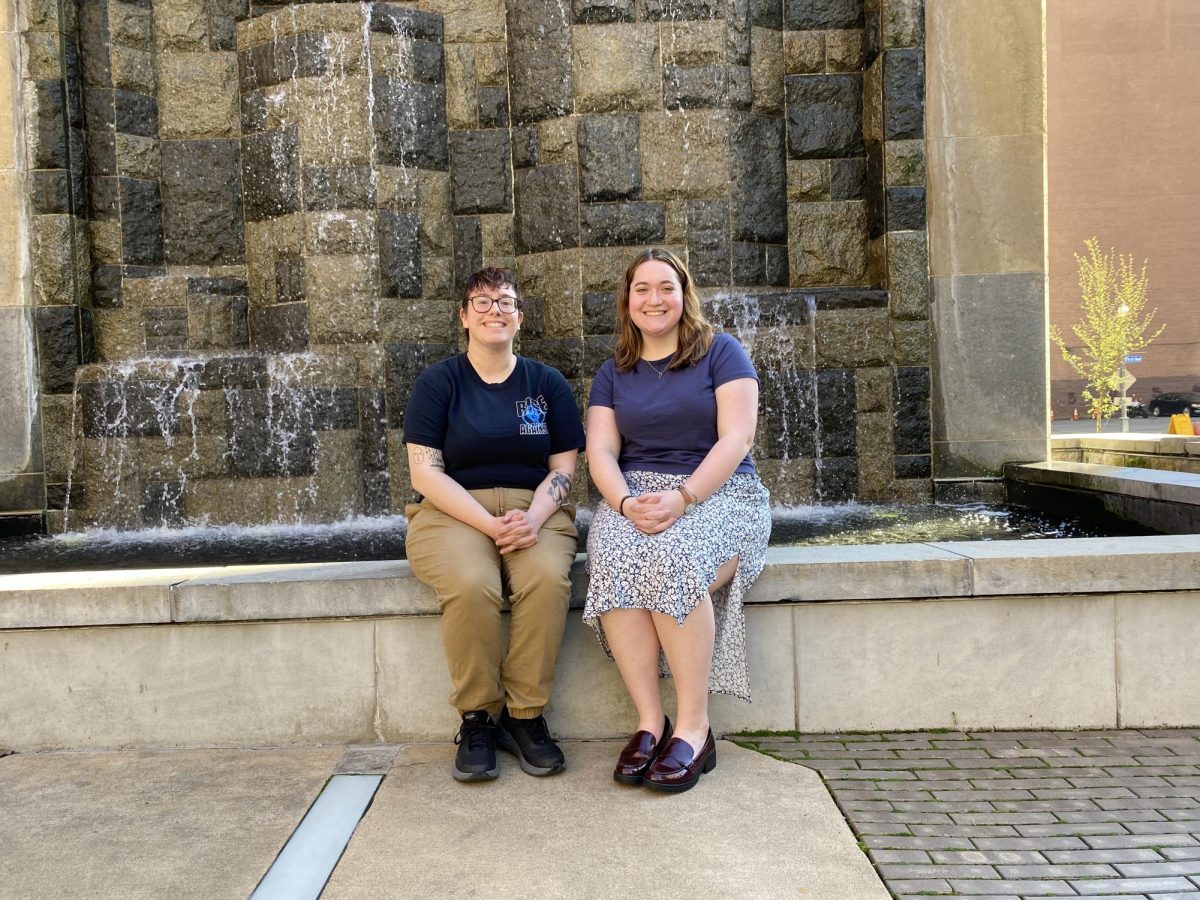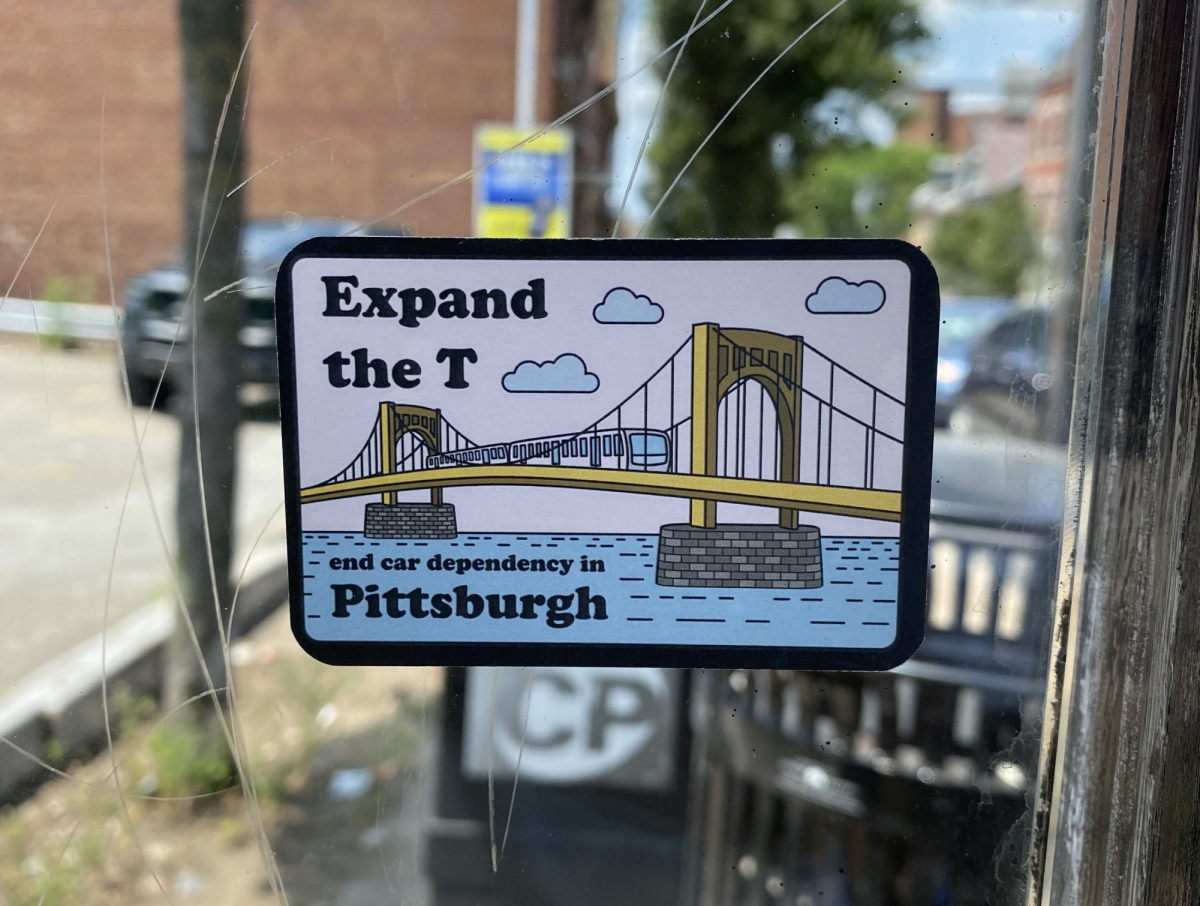Alison Chang, a 15-year-old student from Dallas, was shocked when she saw her face on a Virgin Mobile billboard in Australia. The photographer, Justin Ho-Wee Wong, was equally shocked. His image of Chang had been used without permission for commercial purposes.
There have been many accusations of uploaded photographs being misused. Since the Internet, and therefore Flickr, is a public place, those using the site should be aware of its policies. Unless users’ images are set under specific privacy settings, anyone can gain access to them.
Flickr, a photo-sharing website owned by Yahoo!, allows you to “share your photos and watch the world.” This site is one of many which allow Internet users to upload photographs and information about their lives. But what happens when we don’t want to share everything with everyone?
Approximately 6,000 photos are uploaded every minute, and there are approximately six to eight million users, according to Flickr’s website. That’s a lot of photos. Unless privacy controls are set, users and non-users alike can browse through these images at any time.
Under Yahoo!’s Privacy Policy, users have complete control over how accessible their images are. Users can choose to make photos public for anyone to access, restrict access to a limited number of other Flickr users or keep photos private so only the photographer can access them. For those wanting to manage and control privacy settings, Flickr makes it possible. Easy-to-use privacy controls help users edit who sees individual images or entire collections.
Anyone uploading their original images to Flickr should be aware of such controls. They are meant to protect individuals from having their work stolen or misused, as there is such an immense number of people browsing the site and the Internet in general.
According to a New York Times article, one of Wong’s photos caught the eye of an advertising agency in Australia. Since the photographer’s work was set under a Creative Commons license and not under any other privacy settings, the agency was able to easily gain access to his work. Virgin Mobile then used Wong’s photograph of Chang in an advertising campaign. Wong felt that his work was misused and filed complaints.
Creative Commons is a nonprofit group that enables creators to change their copyright terms from “all rights reserved” to “some rights reserved.” Their goal and purpose is to increase the amount of creative work that the public can legally use, according to their website. For creators wanting to share their work, Creative Commons offers free licenses. Flickr gives its users the option to obtain one of these licenses.
The available licenses vary, but all work globally. Each set of conditions under which others can use images is different. Wong, for example, selected the “attribution” license. Under the stated conditions, the Creative Commons license Wong chose states that as long as he was credited for his original creation, others are allowed to distribute, remix, tweak and build upon that work, even commercially.
Lawrence Lessing, a Stanford law professor, spoke on behalf of Creative Commons. He said the site makes it clear as to what license-holders agree to.
In response to Wong’s complaints with Creative Commons, Lessing said, “This is puzzling. It makes it sound like we failed to instruct the photographer adequately, but the first question asked is, ‘Do you want to allow for commercial uses?’”
Lessing also added that he felt any legal issues surrounding this case have to do with Virgin Mobile, and not with Creative Commons.
Wong clearly agreed to share his photograph of Chang with the public, and since he was directly credited for his work on the billboard, Flickr and Creative Commons were not at fault. However, Chang still felt that her image was misused. The real case in this situation hinges on the girl’s privacy and appropriation.
In Don R. Pember’s book “Mass Media Law,” it says that advertising and trade purposes are commercial uses when someone makes money from the use. The use of Chang’s photograph in a billboard advertisement is absolutely regarded as commercial use. While the advertising agency had, in essence, Wong’s consent to use the photograph, the company did not have the consent from Chang and her parents.
In addition to not having proper consent to use Chang’s image, Virgin Mobile insulted the young girl by making certain alterations to her image and adding insulting words.
On the billboard, Alison Chang appears different than in Wong’s original image. The Adidas logo on Chang’s hat is no longer there, and a friend who was in the frame has been removed. On the advertisement is a mocking slogan describing the young girl as a loser whom Virgin Mobile subscribers will be able to “dump when they get a cell phone,” according to Noam Cohen’s article for The New York Times.
The law states that advertisers do not have the right to take material and use it for their commercial purposes. All individuals are entitled to a right of privacy and a right to publicity. The right to privacy protects people from the emotional damage that can occur from appropriation of their name or likeness in commercial purposes. The right to publicity protects individuals from the economic harm that occurs under the same conditions.
Internet law blogger Evan Brown reveals the outcome of the case. Chang argued that the court could exercise personal jurisdiction based on Virgin Mobile accessing a Flickr server located in Texas, and for the intrastate effects of their use of her photo in the ad campaign. Finding no actual misappropriation, the courts ruled Virgin Mobile not guilty and rejected all of Chang’s arguments.
Because of the nature of Wong’s Creative Commons license, Virgin Mobile was not breaking any rules. The license states that images can be used anywhere in the world, and that they could be altered in any way by the user. The ad was used only in Australia and was authorized to sell its products and services.
I believe that Chang should have won her case against Virgin Mobile. No matter what kind of license was protecting the photo, the ad agency should have gained consent from Chang and her parents before using her image in their ad campaign. Despite the fact that they had the right to use Wong’s photograph under the Creative Commons license, the law regarding Chang’s right to privacy and right to publicity should have been followed.
Those using Flickr or any other photo-sharing site need to be aware of privacy and usage policies. The options are available for users to protect what is rightfully theirs, whether it is a photograph or their own image.
In response to Brown’s blog about the Chang v. Virgin Mobile, USA case, a commenter said, “If the Changs want any money, they should sue the photographer for being an idiot for posting it on the Internet in the first place.”
April 19‘Burgh Bites: Subway









